Lance Stroll has been hit with a five-place grid penalty for the United States Grand Prix following a collision with the Haas of Esteban Ocon during Saturday’s Sprint.
As the action-packed 100 kilometre dash entered into its final stages,
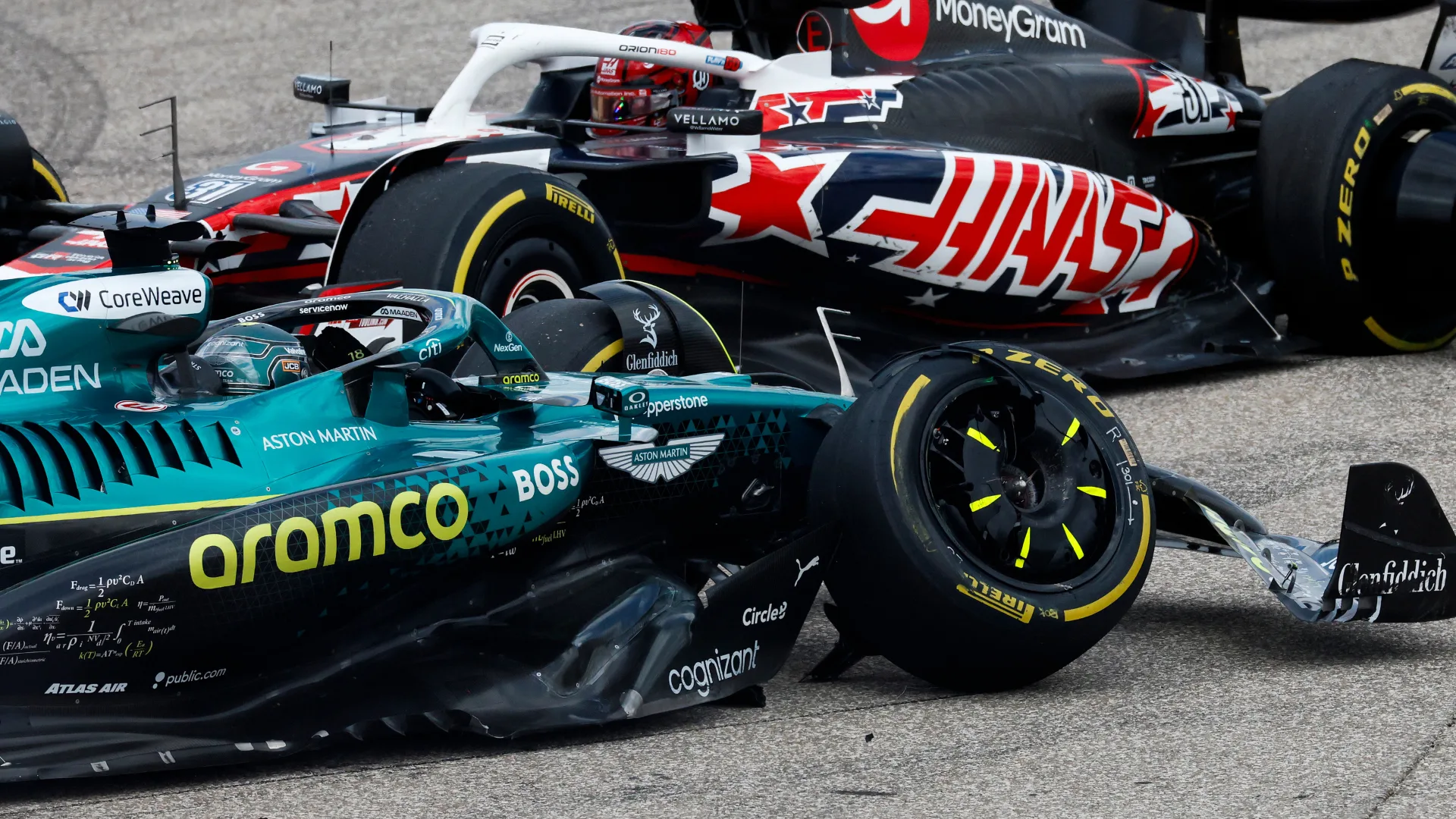
Lance Stroll has been hit with a five-place grid penalty for the United States Grand Prix following a collision with the Haas of Esteban Ocon during Saturday’s Sprint.
As the action-packed 100 kilometre dash entered into its final stages,

Why you can trust TechRadar
We spend hours testing every product or service we review, so you can be sure you’re buying the best. Find out more about how we test.
Product info
This model may…

This article first appeared on GuruFocus.
Release Date: October 17, 2025
For the complete transcript of the earnings call, please refer to the full earnings call transcript.
Reliance Industries Ltd (WBO:RLI) reported strong performance across all business segments, with a notable 18% growth in EBITDA for Jio, driven by strong customer additions in both mobility and home segments.
The retail segment saw a robust year-on-year growth of 17% in EBITDA, with revenues increasing by 18%, supported by significant growth in fashion, lifestyle, grocery, and electronics categories.
The energy business reported a 21% increase in performance, driven by higher cracks across gasoline, gas oil, and ATF, along with increased domestic placements.
Reliance Industries Ltd (WBO:RLI) is making significant progress in its new energy initiatives, with plans to start renewable energy round-the-clock power plants in Kutch next year.
The company is expanding its digital services and AI capabilities, with Reliance Intelligence set to develop AI products and solutions, leveraging partnerships with global tech companies like Meta.
Despite strong overall performance, the upstream segment experienced a decline due to natural production falls in the KGD6 fields.
Finance costs increased by 14%, and depreciation rose by 12%, primarily due to 5G capitalization and spectrum interest.
The petrochemical segment faced challenges with weak demand for PVC and PET due to heavy rains and floods affecting agricultural and packaging sectors.
The media business, while showing growth, faces challenges in maintaining momentum post-IPL, with a need to convert cricket audiences to entertainment content.
The geopolitical situation and increased OSPs have impacted the refining margins, despite high cracks in the refining segment.
Q: Are there any plans for a tariff hike in the near future? A: Unidentified_2: No immediate plans for a tariff hike. We are encouraging consumers to use more services, but there are no current plans to change tariffs.
Q: Is the current monthly run rate for connecting new homes expected to increase? A: Unidentified_2: We expect to ramp up the rate of connecting new homes. The technology is working well, and many new connections are being done wirelessly, allowing for simpler and faster implementation.
Q: How will Reliance Intelligence and Geo Platforms collaborate on AI initiatives? A: Unidentified_2: Reliance Intelligence will develop AI products and solutions, while Geo Platforms will bring these to market. Geo Platforms can also work with other partners like Meta, OpenAI, and Google.
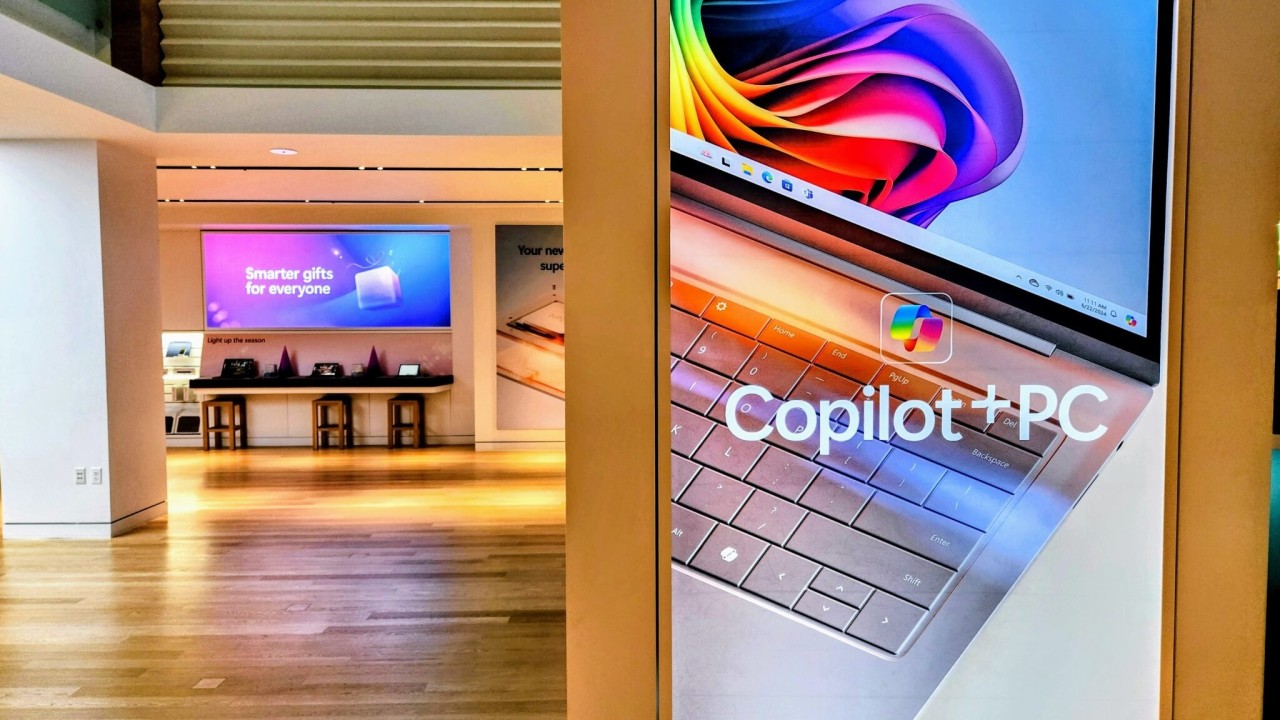
Unpacking Microsoft’s big Windows AI push: Veteran tech journalist
Ed Bott
joins the GeekWire Podcast to discuss Microsoft’s new Windows 11 AI features — including…
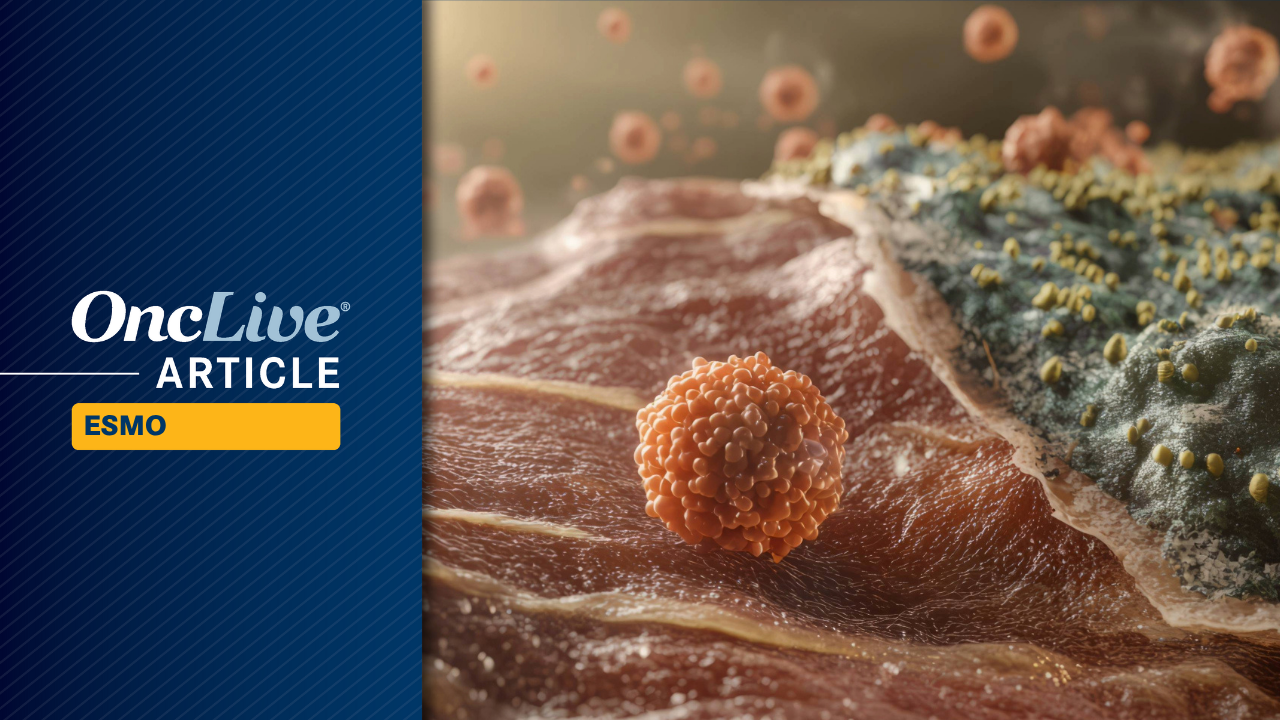
Adjuvant treatment with cemiplimab-rwlc (Libtayo) was associated with a similar incidence of second primary tumors (SPTs) compared with placebo in patients with high-risk cutaneous squamous cell carcinoma (CSCC) following surgery and postoperative radiotherapy, according to findings from an analysis of the phase 3 C-POST trial (NCT03969004) presented at the
During the treatment period, the proportion of patients who developed at least one SPT was 11% in the cemiplimab arm (n = 209) compared with 12% in the placebo arm (n = 206); during the study’s follow-up period, these rates were 8% and 7%, respectively. During the treatment period, the cumulative number of SPTs was 32 with cemiplimab vs 82 for placebo, corresponding to annualized, adjusted annualized SPT rates of 1.23 (95% CI, 0.60-2.54) and 2.81 (95% CI, 1.23-6.45), respectively. In the follow-up period, 36 total SPTs occurred in the cemiplimab arm vs 41 in the placebo arm, and the annualized SPT rates were 0.72 (95% CI, 0.30-1.71) and 1.17 (95% CI, 0.40-3.49), respectively.
During the treatment period, 9% of patients in the cemiplimab arm had 1 SPT, 1% had 2 SPTs, less than 1% had 3 SPTs, 0% had 4 SPTs, less than 1% had 5 SPTs, and 0% had 6 or more SPTs. In the placebo arm, these rates were 8%, 2%, less than 1%, less than 1%, 0%, and 1%, respectively. Incidence was similar during the follow-up period, with 4% of patients in each arm experiencing 1 SPT and less than 1% of patients falling into the multiple SPT groups within each arm.
In a post hoc analysis incorporating the first occurrence of SPTs alongside disease-free survival (DFS) events (recurrence or death), efficacy continued to favor cemiplimab over placebo (HR, 0.43; 95% CI, 0.30-0.60). The median DFS in this analysis was not reached (NR; 95% CI, not evaluable [NE]-NE) in the cemiplimab group vs 21.7 months (95% CI, 12.9-39.2) in the placebo group. At 24 months, DFS rates were 81.1% with cemiplimab vs 59.1% with placebo, and this benefit was maintained over time, with rates of 73.4% vs 48.7% at 36 months and 68.4% vs 41.5% at 48 months, respectively.
“The lower number of SPTs in the cemiplimab arm appeared to be driven by a small number of patients with multiple SPTs observed in the placebo arm. The robust [DFS] efficacy signal with cemiplimab vs placebo was maintained in a post hoc analysis in which SPTs were included as [DFS] events,” Danny Rischin, MD, who serves as the director of Medical Oncology at the Peter MacCallum Cancer Centre in Melbourne, Australia, noted in the conclusion of his presentation. “These prospective, randomized data suggest that there may be a subset of patients who experience fewer SPTs with cemiplimab, although further investigation is required.”
With a median follow-up of 24 months (range, 2-64), previously reported findings from the primary analysis showed that patients who received adjuvant cemiplimab after surgical resection and postoperative radiotherapy achieved a median DFS that was NR (95% CI, NE-NE) compared with 49.4 months (95% CI, 48.5-NE) among those treated with placebo (n = 206; HR, 0.32; 95% CI, 0.20-0.51; P < .001). The estimated 24-month DFS rates were 87.1% (and 64.1%, respectively.
Based on those findings, on October 8, 2025
The phase 3 C-POST trial is a randomized, double-blind, placebo-controlled study designed to evaluate adjuvant cemiplimab in patients with histologically confirmed CSCC who had undergone complete resection with curative intent and completed postoperative radiotherapy.1 Patients were required to have high-risk features, which included nodal extracapsular extension with at least one lymph node measuring 20 mm or more, or three or more involved lymph nodes; in-transit metastases; perineural invasion; T4 lesions; or recurrent CSCC with 1 or more additional high-risk characteristics.
Participants were randomly assigned 1:1 to receive cemiplimab or placebo. In part 1 of the study, patients received cemiplimab at 350 mg intravenously every 3 weeks for 12 weeks, followed by cemiplimab at 700 mg every 6 weeks for an additional 36 weeks. Those in the control group received matched placebo on the same schedule. Treatment continued until completion of the planned duration, disease recurrence, or unacceptable toxicity.
Patients who experienced recurrence after completing placebo treatment or after at least three months following cemiplimab completion were eligible to enter an optional open-label extension phase (part 2) to receive cemiplimab at 350 mg every 3 weeks for up to 96 weeks.
The primary end point of the trial was DFS. Key secondary end points include freedom from locoregional recurrence, freedom from distant recurrence, cumulative occurrence of second primary tumors, overall survival, and safety.
The median age of patients was 71.0 years (range, 33-87) in the cemiplimab group and 70.5 years (range, 36-95) in the placebo group. Most patients were 65 years of age or older, representing 73% and 68% of each respective arm. The majority of participants were male (83% in both arms) and White (90% vs 92%).
Geographically, 43% of patients in the cemiplimab arm and 44% in the placebo arm were enrolled from Australia or New Zealand, 18% and 15% were from North America, and 39% and 41% were from the rest of the world.
Most patients had resected high-risk tumors located in the head and neck region (79% in the cemiplimab group vs 86% in the placebo group), and 21% and 14% had non–head and neck tumors, respectively. Regarding risk classification, 60% of patients in the cemiplimab arm and 57% in the placebo arm were categorized as having nodal high-risk disease; 40% and 43%, respectively, had non-nodal high-risk features.
Disclosures: Rischin reported receiving institutional research funding from ALX Oncology, AstraZeneca, Bicara Therapeutics, Decibel Therapeutics, Erasca, Marck, and Regeneron Pharmaceuticals; and having uncompensated relationships with Eisai, GSK, Merck, and Regeneron Pharmaceuticals.

Combining lenacapavir (LEN, Gilead) and two broadly neutralizing antibodies (bNAbs) could be a good option for HIV treatment in certain patients, according to results of a phase 2 trial presented at EACS 2025, in Paris.
The investigators (abstract…
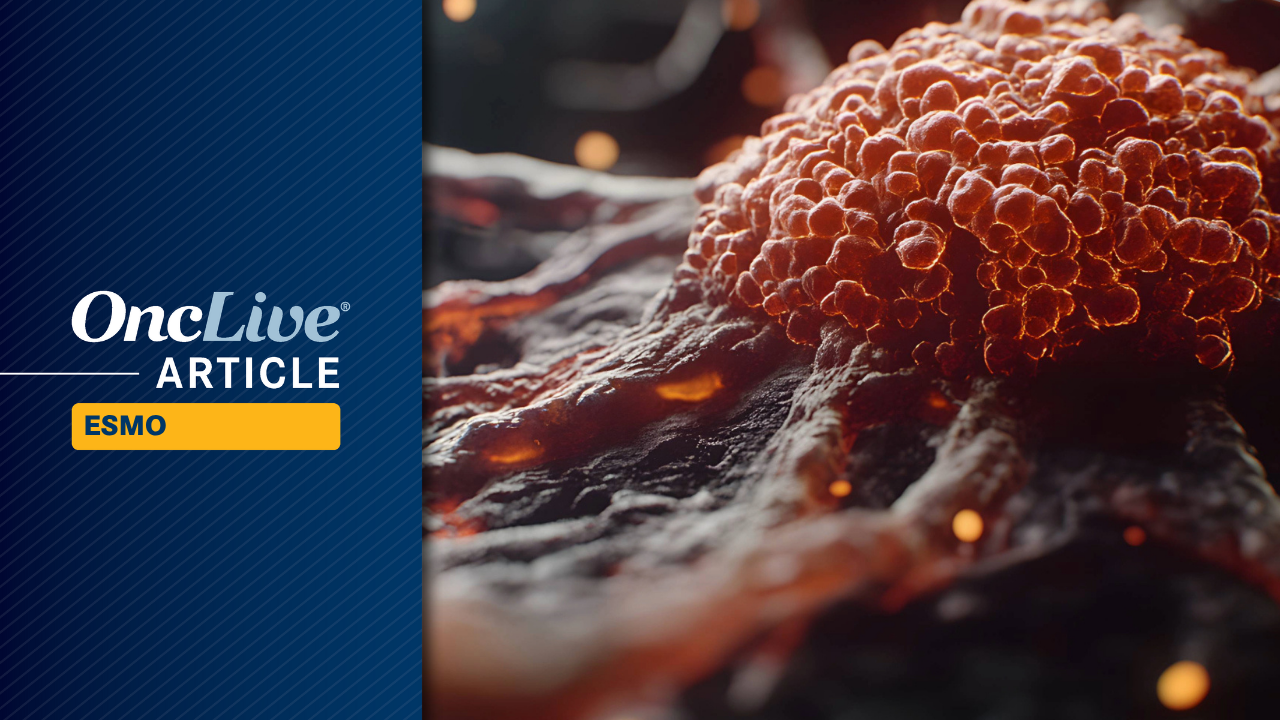
Adjuvant nivolumab (Opdivo) generated a long-term efficacy benefit compared with ipilimumab (Yervoy) for the treatment of patients with resected stage IIIB to IIIC or IV melanoma, according to final data from the phase 3 CheckMate 238 trial…
This request seems a bit unusual, so we need to confirm that you’re human. Please press and hold the button until it turns completely green. Thank you for your cooperation!
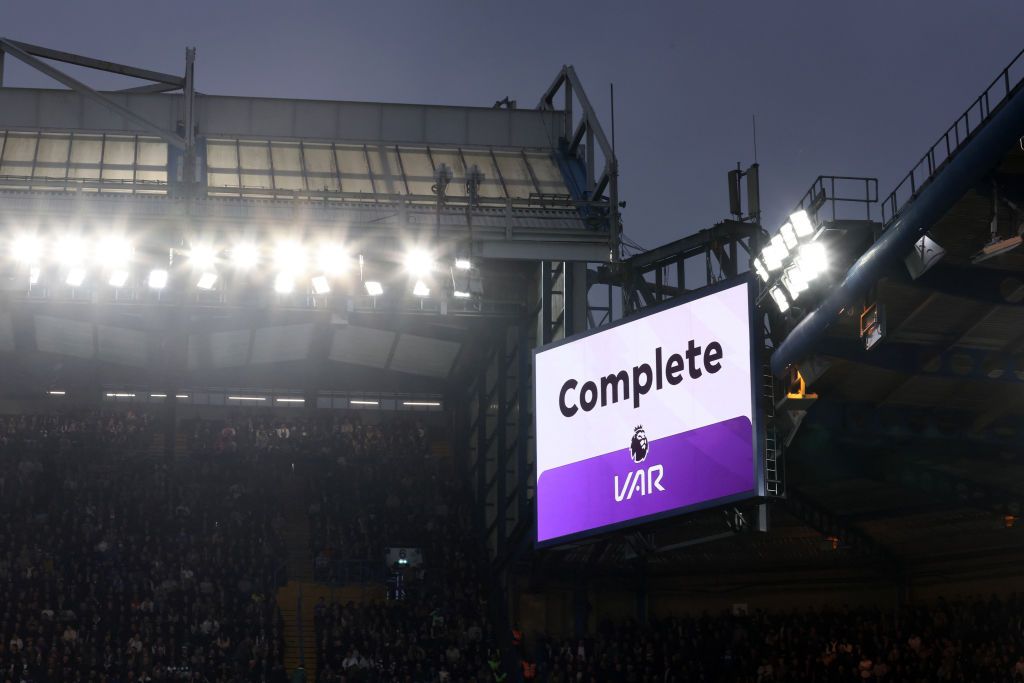
Football Manager 26 launches next month, graphics greatly improved from the last release two years ago.
But while most games will use motion capture to get the most realistic gameplay, the team behind Football Manager have gone leftfield when it…